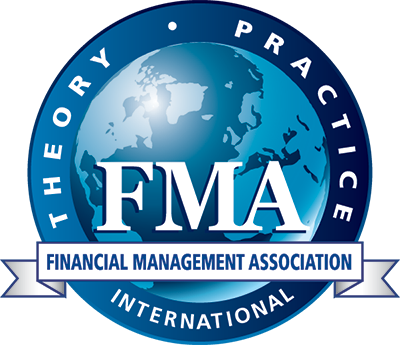Pearson Prizes for the Best Papers in Financial Management

Every two years, Financial Management’s Editors, Associate Editors, and Advisory Editors choose the best papers from all of the journal articles published during the past two years through a double ranking procedure. Thanks to the generous support of Pearson, the winner is awarded a cash prize of $7,500 and the runner-up paper is awarded a cash prize of $2,500.
Congratulations to the 2022 award winners!
Winner
Financial literacy and financial resilience: Evidence from around the world (Fall 2020, Volume 49, Issue 3)
Leora Klapper, The World Bank and Annamaria Lusardi, George Washington University
We measure financial literacy using questions assessing basic knowledge of four fundamental concepts in financial decision making: knowledge of interest rates, interest compounding, inflation, and risk diversification. Worldwide, just one in three adults are financially literate—that is, they know at least three out of the four financial concepts. Women, poor adults, and lower educated respondents are more likely to suffer from gaps in financial knowledge. This is true not only in developing countries but also in countries with well-developed financial markets. Relatively low financial literacy levels exacerbate consumer and financial market risks as increasingly complex financial instruments enter the market. Credit products, many of which carry high interest rates and complex terms and conditions, are becoming more readily available. Yet only around half of adults in major emerging countries who use a credit card or borrow from a financial institution are financially literate. We discuss policies to protect borrowers against risks and encourage account holders to save.
Runner-Up
What prevents women from reaching the top? (Fall 2022, Volume 51, Issue 3)
Matti Keloharju, Aalto University; Samuli Knupfer, Aalto University; and Joacim Tag, Hanken School of Economics
We use rich data on all business, economics, and engineering graduates in Sweden to study the lack of women among chief executive officers (CEOs). A comprehensive battery of graduates’ characteristics explains 40% of the gender gaps in CEO appointments and 60% among graduates with children. The explanatory power mostly comes from absences and unemployment, which are about twice as likely for women as men. These gender differences increase following childbirth, and they persist in the long run. We present and discuss potential explanations to the explained and remaining gaps. Although the large unexplained share makes it hard to pinpoint the exact reason for the gender gap in CEO appointments, the large contribution of labor market attachment to the explained share suggests work–family trade-offs are an important part of the story.
|

